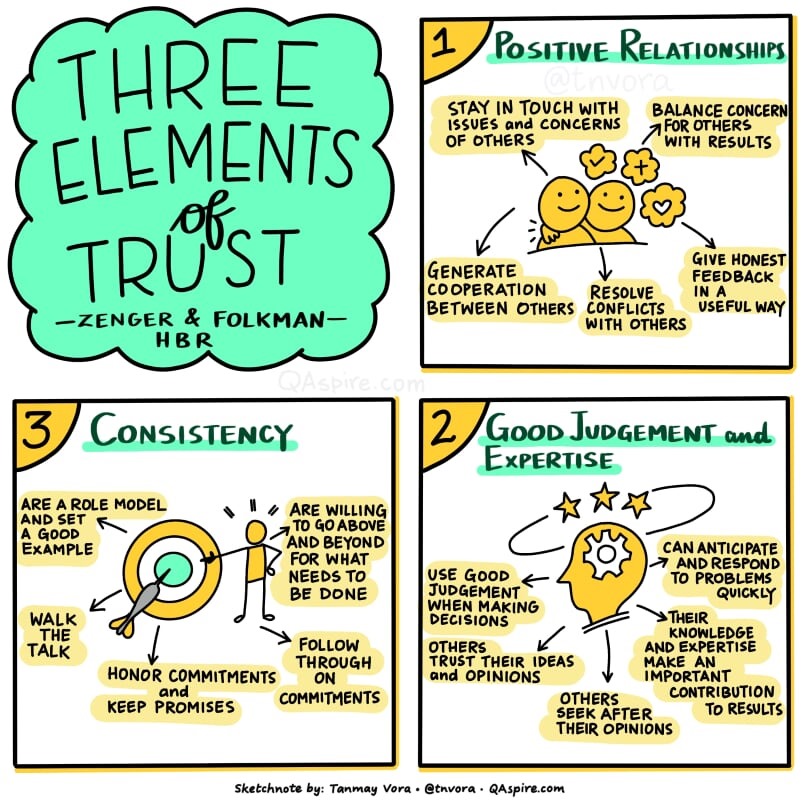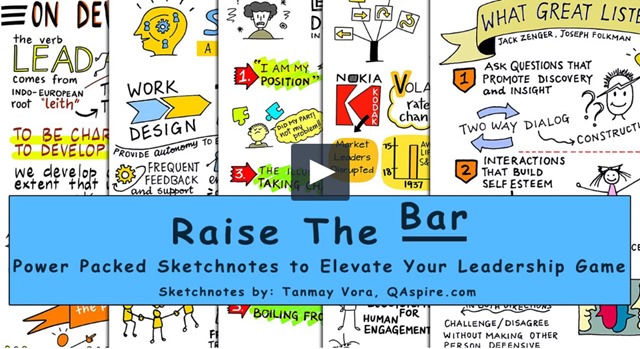Leadership and Trust: 3 Elements
Tanmay Vora
I see many business leaders who excessively focus of creating a grand vision, have a compelling strategy, run great communication programs and have innovative ideas but still fail to engage people and get desired results.
That’s because they don’t focus enough on the foundation of leadership – building trust. In absence of trust, results don’t happen. In absence of results, people trust the leader even less. And it becomes a downward spiral.
Here’s what I have broadly learned about building trust from my own experience:
-
Trust starts with intentional clarity. Before you starting acting on your plans, you need to clarify your intent, understand the intent of others and arrive at a point where intent overlaps and aligns.
-
Trust happens when you deliver on that intent and make a positive impact on your people, customers and stakeholders. When things you do show that you care, people start trusting you.
-
Trust goes deeper through consistency in thoughts, words, actions and results (they call it integrity).
Leaders (and organizations) build trust primarily on the foundation of consistent results, great relationships and expertise. In their recent HBR article, Jack Zenger and Joseph Folkman touch upon three foundational elements of trust – Positive Relationships, Good Judgment and Expertise and Consistency.
In their post, they underline the importance of positive relationships:
Intuitively we thought that consistency would be the most important element. Saying one thing and doing another seems like it would hurt trust the most. While our analysis showed that inconsistency does have a negative impact (trust went down 17 points), it was relationships that had the most substantial impact. When relationships were low and both judgment and consistency were high, trust went down 33 points. This may be because many leaders are seen as occasionally inconsistent. We all intend to do things that don’t get done, but once a relationship is damaged or if it was never formed in the first place, it’s difficult for people to trust.
Do read the full post at HBR and here is a short visual summary of the key insights:
Updated: Visual Leadership Pack of 68+ HD Sketchnotes
If you liked the sketchnote summary above, check out the Visual Leadership Pack of HD Sketchnotes – a compilation of high-resolution compilation with 68+ powerful (and timeless) ideas to elevate your leadership and learning game.
More on “Building Trust” at QAspire.com

